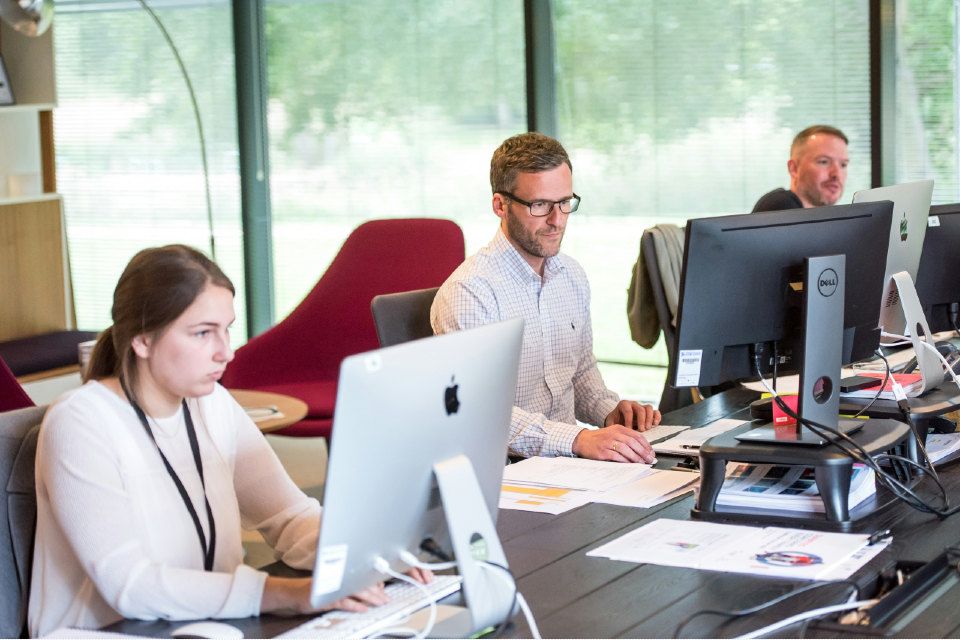The area of Workforce Management (WFM) has undergone significant change in recent years. Some of this change has come about due to advances in technology, and some due to the way modern businesses operate, compete and utilise labour resources.
Workforce management is essentially the process of balancing work requirements with available human resources. It includes areas such as Time & Attendance, Labour Scheduling/eRostering, and Absence Management. The active involvement of the HR director in WFM projects has never been more important, due to the central role they play within businesses today.
The role of the HR Director and how WFM Solutions can assist in this challenging role
First off, let’s look at the role of the HR Director, and how this fits with WFM Projects. The role of the HR director has changed enormously over the years. There has been a radical change in the HR function from what was essentially viewed as an administrative function to today’s organisation, where the HR director is a valued member of the executive management team. In most organisations, the HR Director creates and directs Human Resources practices and objectives that in turn, provide an employee oriented, high performance culture. This culture emphasises areas such as; employee empowerment, excellence, efficiency, goal attainment and the recruitment and on-going development of an exceptional workforce.
How Workforce Management Solutions are driving business performance today
Leading organisations today realise the importance of aligning all labour costs, with associated revenue and business profitability. The who, when, where and doing what, needs to be measured effectively and this is where a comprehensive WFM platform plays its part. Businesses get the tools and operating parameters they need, at every level to deploy resource plans and schedules effectively, while delivering top-down management controls over payroll overhead, overtime, contract staff, absence management and other major cost drivers in the business.
Modern WFM Solutions go beyond simple time and attendance functionality. World class companies today are using WFM solutions to introduce flexible working options, optimise labour planning, scheduling & modelling, respond to union and legislation requirements, track and cost projects and manage planned and unplanned absences. Today’s integrated WFM solutions build a bridge between the operational and the strategic elements of the organisation and therefore require that HR Directors are actively involved in these projects.
Summary
HR directors have come to realise that in order for their organisation to compete effectively in today’s business environment, they need to be involved in Workforce Management Projects. It is the workforce who will be instrumental in the successful implementation of an organisation’s objectives. The recognition of the importance of achieving this buy-in from the entire organisation has prompted active involvement by HR leaders. This involvement proves to both the other directors and the employees, their commitment and their understanding of these projects and the benefits they can bring to the organisation. They are demonstrating that they want to be consistently used as a strategic partner in the organisation and that their knowledge and experience should be exploited.
If you are interested in learning more about how Softworks Workforce Management Solutions assists organisations, contact us today and we will organise a demo at a time convenient to you.









